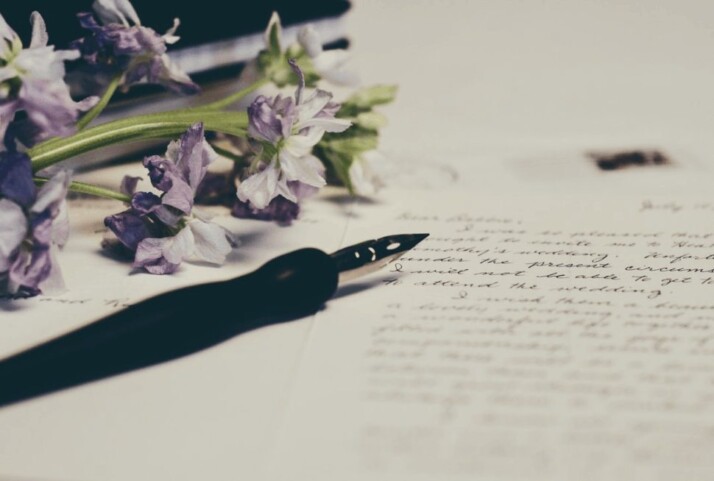Contrary to popular belief, letter writing isn’t a thing of the past. People need letter writing for personal, professional and academic purposes. Letter writing formal and informal, can come in many forms, from digital to hard copy.
Difference Between Formal and Informal Letter
Letter writing Formal and informal letters
Formal letters address someone in a professional capacity. Meanwhile, informal ones are personal.
An example of a formal letter is one which is written to communicate complaints, requests, inquiries, proposals, invitations and other official matters. These are for business entities, establishments, and private and government institutions.
The recipients of such letters are private and government officials, authorities, seniors, colleagues and business partners. Application letters, inquiry letters, order letters and complaint letters are all formal letters.
The replies from the recipients to all these letters are formal letters.
An informal letter is one written in a non-official capacity. We write these to our friends, or family. These letters are personal letters. There could be many reasons for which we write these personal letters to our family and friends.
We tend to write informal letters when we want those who know us to know something important has happened in our life. Because of all the technologies we have to communicate , it’s rare to write informal letters these days.
Some more differences
Formal letters need to be vetted for proper formatting, grammar and spelling checks. Because these letters are often addressed to officials or authorities they very rarely contain errors. They are also kept brief and to-the-point as well as divided into distinct paragraphs to make them more readable.
Meanwhile, informal letters use casual language and don’t have a specific format. Letters written to close contacts are typically written using any writing pattern or tone that suits the writer.
How to Write a Formal Letter?
Depending on why it was written, a formal letter can have many elements. However, these are the most common parts: -The addresses of both the sender and recipient -Date -Correct titles of the recipient, -A subject or topic line, -Body (preferably with distinct and organized paragraphs), -A complementary close -The writer’s signature
Don’t forget to proofread your letter. Now that you’ve completed the first draft of your letter, read if over from start to finish and check for any errors contained within.

How to Write Informal Letter?
- Date and day
- Salutation
- Body
- An intimate or complimentary closing
There are no hard and fast rules for informal letters. Once the person you are sending it to can understand its contents, the letter is acceptable.
To Wrap Up
Letter writing formal and informal letters is a necessary skill. When you were school-aged, you were able to write these formal and informal letters quite easily.
But once you started working, and you had deadlines to meet, it was a hassle to write formal and informal letters. However, that isn’t a problem, use the advice listed above, and they should help you with your letter-writing.
Explore All Formal Letter Articles
Writing a Formal Letter for Leave Application
Looking to write a formal letter for leave application? That’s not surprising. What is a Leave Application? Allowing for a…
When to Use a Formal Warning Letter
Are you wondering when to write a formal warning letter? What is a Formal Warning Letter? A warning letter is…
Writing a Subject Line in Formal Letters
Writing a subject in a formal letter is not as complex as you imagined. What is the Subject Line in…
Writing a Cover Letter for a Report
Are you looking to write a cover letter for formal report? You’re in luck — this article explores the detail.…
A Guide to Salutation of a Formal Letter
Salutation of a formal letter can exist in various forms. What Is a Salutation? A salutation is the greeting used…
Learn to Cite Formal Letter Enclosure
For people who send business letters on a regular basis, knowing how to cite a formal letter enclosure is essential.…
